Understanding Bridge Resource Management And Its Key Elements On Board Ships
There is a very well known saying, to err is human. It means it is natural to make mistakes. We are all humans, and we all make mistakes. Human error is ubiquitous and inevitable. With time these mistakes can lead to major catastrophes. However if caught in time, it can help us to learn a lesson.
Since the early years of shipping safety has been a constant concern. Maritime technology has dramatically changed the resources available to mariners. Sophisticated equipment and other automations provide new source of information and assistance. Marine officers must develop new skills to utilise these new technologies effectively.
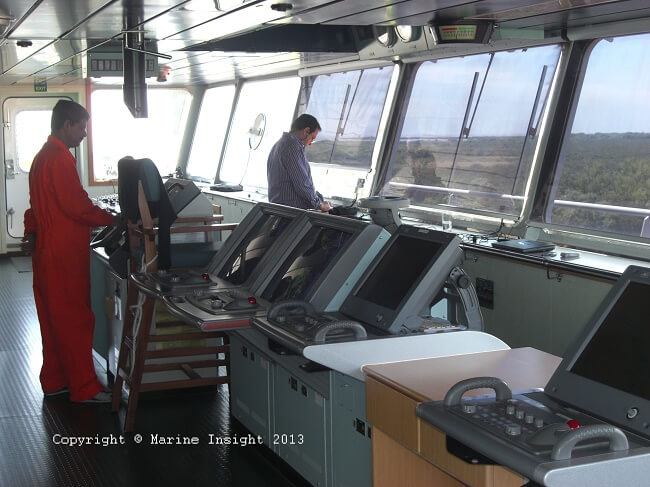
Bridge resource management or BRM was adopted in the early 1990s by the maritime industry as a safety and error management tool and has now become an integral part of crew’s training. BRM makes use of all available resources including equipment and information and human resources to achieve safe operation. BRM plays an important role in environments where human error can have devastating effects. It has proven to be an important tool for improving safety in the maritime industry and thus prevent the recurrence of incidents. It can thus help to support a safer and more efficient execution of operations by blending technical skills and human skills.
BRM can be termed as the effective management and utilisation of all resources, human and technical, available to the bridge team, to ensure the safe completion of the vessel’s voyage.
Critical Elements Of BRM
Bridge resource management includes some critical elements without which it cannot achieve its ultimate goal. Some of them are listed below:
Communication: The first cluster of BRM skills includes those related to effective communication. Good communication between the crew members is the key to successful BRM. The effective transfer of information is a complex process. It requires information be conveyed when needed, understood and acknowledged by the receiver and clarified if needed. In many cases it has been seen that the information needed always existed but it was not made available to those who needed it at the right time. The message was either not received or misunderstood. Another common cause of major incidents was inaccurate, incomplete, ambiguous or garbled messages. It is important for crew members to acknowledge and repeat orders to ensure that they are well understood. Continuous interaction between humans and equipment leads to the vessel being navigated in a safe and efficient manner. It is the duty of all officers and crew members to cross check and cross question. Only then effective communication can be achieved. It is also important to maintain a common language on board the vessel so that communication can become easier and quicker.
Teamwork: BRM focuses on team building and team work. Working in a team helps to address challenges together faced by crew members on a daily basis. A team approach ensures that all crew members are involved in problem solving and are not just mere spectators. We should borne in mind the famous proverb by Henry Ford, ‘Coming together is a beginning, keeping together is progress and working together is success. Team discussions are essential for learning and refining BRM. A good team should anticipate dangerous situations and recognise the development of an error chain. On the bridge the watch officer and lookout personnel should work as a team to ensure safe navigation. Safe and effective navigation is not one man’s job as there are many aspects to be looked into. It is important that the bridge team share a common view of the intended passage. If in any doubt the lookout personnel should speak up. Every individual can contribute in his/her best possible way and come up with better ideas when working as a team.
Decision making: This is a key skill in effective BRM. Decision making seems to be an individual matter. We all agree that captain is the final authority on board the ship. However it is quite important for the decision maker to take valuable inputs from officers and crew members. Before taking any decision it is vital to gather relevant and pertinent information. A wrong decision taken can led to many unwanted situations on-board ships. It is therefore important to conduct regular meetings, interact with officers and crew members and take opinions that can help to produce a final choice from several available options and thus make a more deliberate and thoughtful decision . Due to busy schedule and frequent port calls it is often not possible to gather all the information in little time or to evaluate alternative solutions. In these cases decision taken is mostly based on past experiences. Captain being the most experienced person onboard is therefore regarded as the sole decision maker. Reviewing the consequences of the decision taken is an integral part of decision making.
Situational awareness: Every mariner should think and plan well ahead of time. Officers as well as crew members should be aware of the external and internal conditions that can affect ship safety. Mariners should keep their eyes and ears open and active at all times and be prepared for the unexpected. It is always important to correlate what is going on in the present to what has gone on in the past and what may go on in the future.
Overlooking critical details or being indifferent to what is going on around, both can lower situational awareness. We always need to be alert to avert accidents. Paying attention to the on-going situation increases the response time to safely handle an unexpected event. It is a common problem of getting preoccupied with minor problems and losing sight of the big picture. Breakdown of situational awareness can result in incidents and accidents. Officers often tend to sit in front of the radar or stand in one position than strolling from one side of the bridge wing to the other. They are not aware of what exactly is happening outside the bridge windows in a highly frequented sailing area. Anticipating and responding correctly to the vessel’s changing situation can reduce near misses to a great extent. Situational awareness is always important when conducting manoeuvres in a restricted area in poor weather where risks ought to be obvious. With awareness, one cannot do wrong and without awareness, one cannot do good. Hence what is required is to keep the thread of awareness running through all our actions.
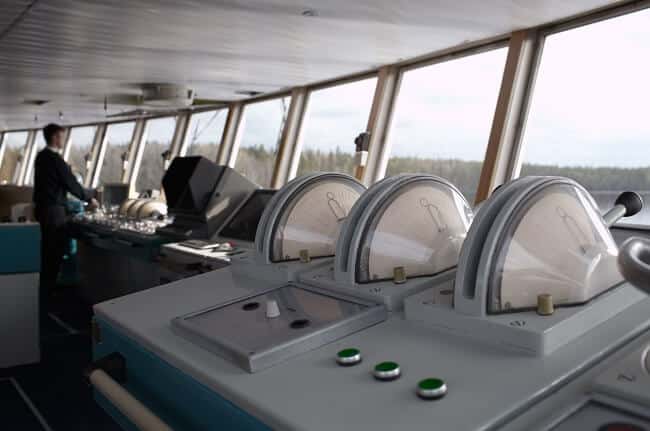
Fatigue: Fatigue is a major issue among seafarers. Even though lot of automation has been brought in to reduce the level of manning, the level of automation and level of complexity people have to deal with can be very fatiguing in itself. Many accident investigating report these days have fatigue as one of the main causes. A grounding or collision for example caused by lack of attention by fatigued officer. The ability to analyse is severely impaired due to tiredness. Seafarers often work extra hours to meet the job orders on time so as not to upset their ship owners. Seafarers always do not have the luxury to delay port arrivals or departure to compensate with their rest hours. They generally work long hours and even work at night as there is more demand in meeting time schedules. Thus we see it is very important to manage crew’s duty schedule to preserve their energy to the extent possible so that they have their clarity of mind. Things can get lot smoother if proper work and rest hours are maintained on-board the ships. Irregular sleep and poor rest causes distraction of mind leading to poor performance. In turn awareness regarding the hazards of the task is reduced. Accidents often occur when workload demands exceed crew capabilities.
The need to emphasise bridge resource management continues to be a long standing effort. Good BRM is a culture that needs to be embraced and practiced. Bridge Resource management is important to all seafarers in helping them to work effectively in all situations. It is an attempt to improve human’s ability to perform work using complex machinery while simultaneously creating a safe environment. Human factors contribute to a vast majority of shipping related accidents. No one is immune. Bad things can happen to anyone. One must recognise the risks and avoid taking chances. Safety is not something we have but we create it every day.
Do you have info to share with us ? Suggest a correction
Latest Shipboard Guidelines Articles You Would Like:

About Author
Paromita has completed graduation in Nautical Science and is presently preparing for 2nd mate exams. Besides sailing, she loves to read books and travel. She has also won many awards in music.
Subscribe To Our Newsletters
By subscribing, you agree to our Privacy Policy and may receive occasional deal communications; you can unsubscribe anytime.



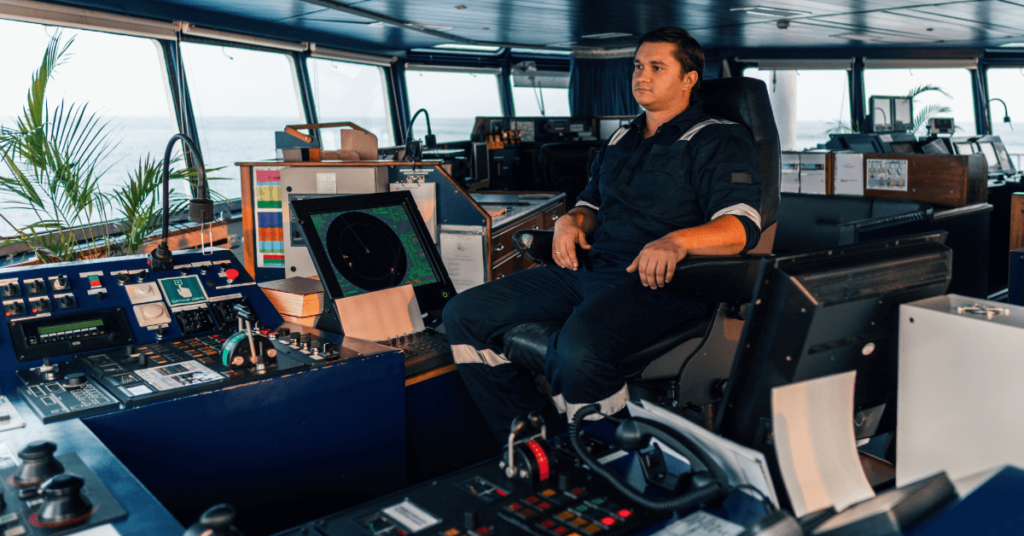
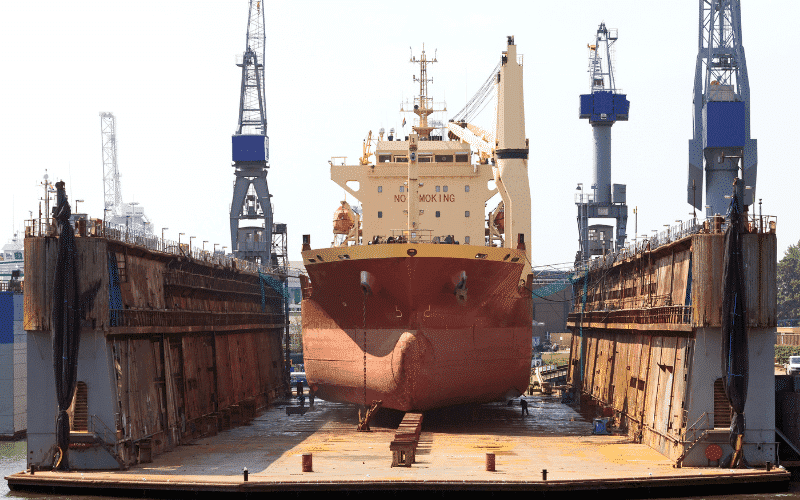

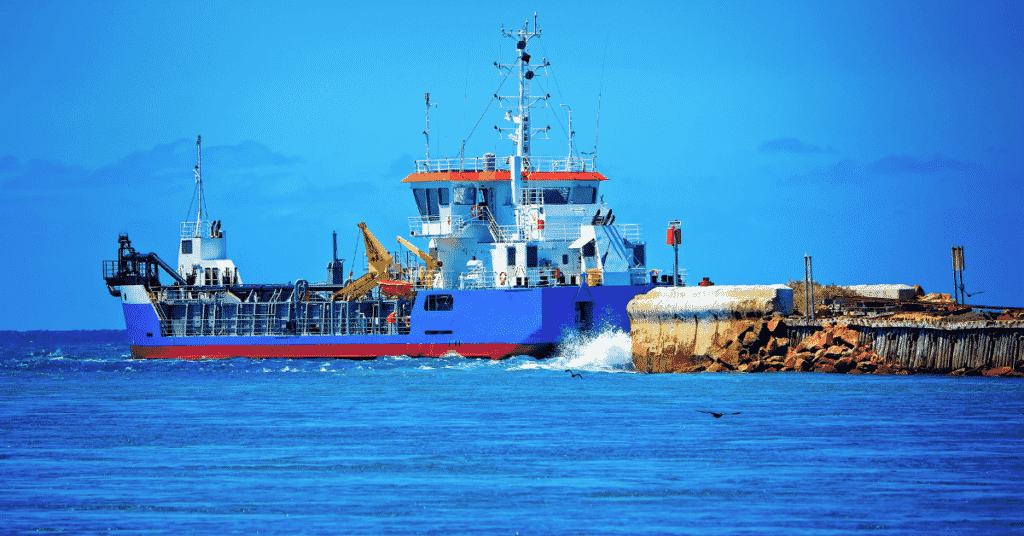
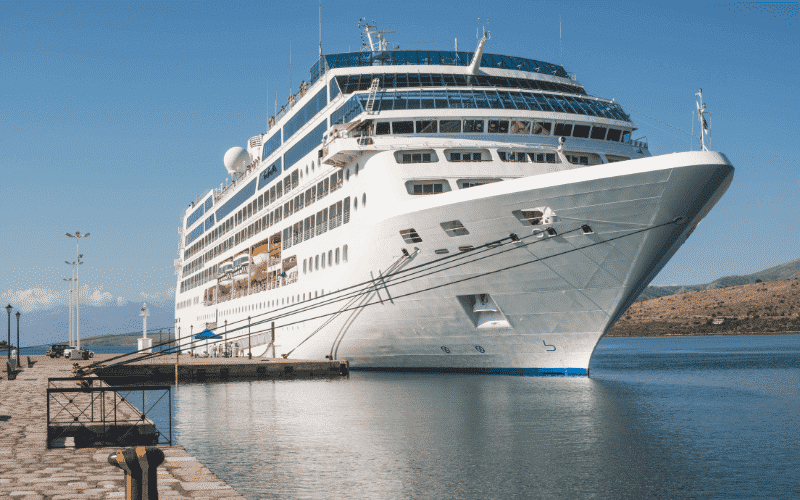
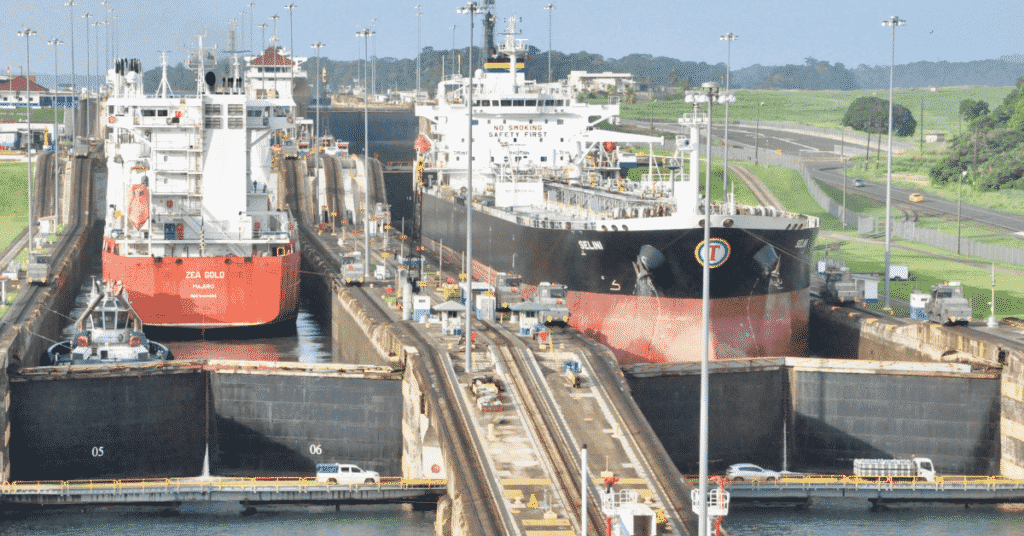

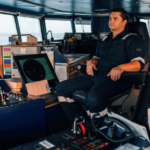
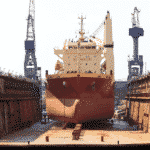

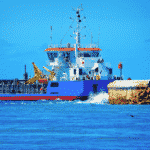
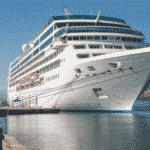
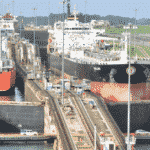
Perfect article! I learned a lot with
How passage plan can be an example of BRM ?
how passage plan can be an example of BRM?